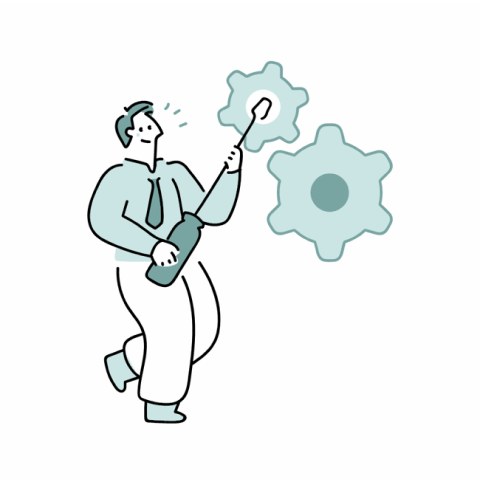Handwashing Practices
All staff must wash their hands thoroughly with soap and water:
- Before starting work
- After using the toilet
- After taking a break
- After handling raw food
- After coughing or sneezing
- After handling garbage
Employee Health and Personal Hygiene
All staff must maintain good personal hygiene at all times. This includes:
- Showering or bathing daily
- Washing hands thoroughly and often
- Keeping hair clean and trimmed
- Wearing clean clothes
- Avoiding strong perfumes or colognes
Use of Utensils and Gloves
All utensils and gloves must be clean at all times.
- Utensils must be washed thoroughly with soap and water after each use.
- Gloves must be changed after each task and after coming into contact with raw food.
Staff Contact with Blood
All staff must take precautions to avoid contact with blood. This includes:
- Wearing gloves when handling blood
- Using a barrier (such as a plastic sheet) when handling blood
- Avoiding contact with open wounds
- Reporting any cuts or scratches immediately

